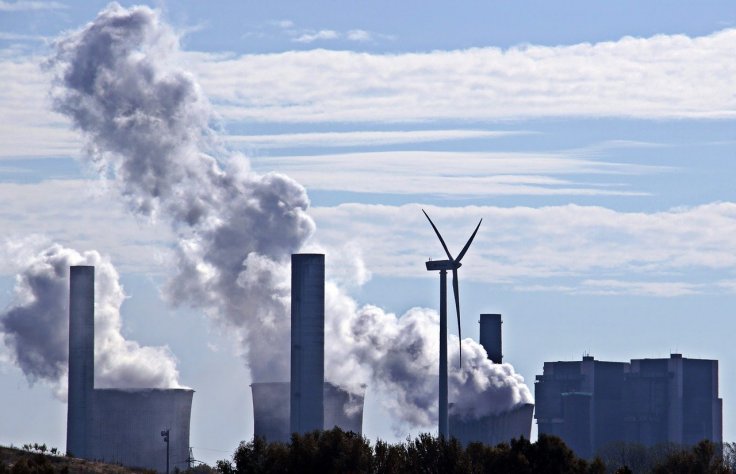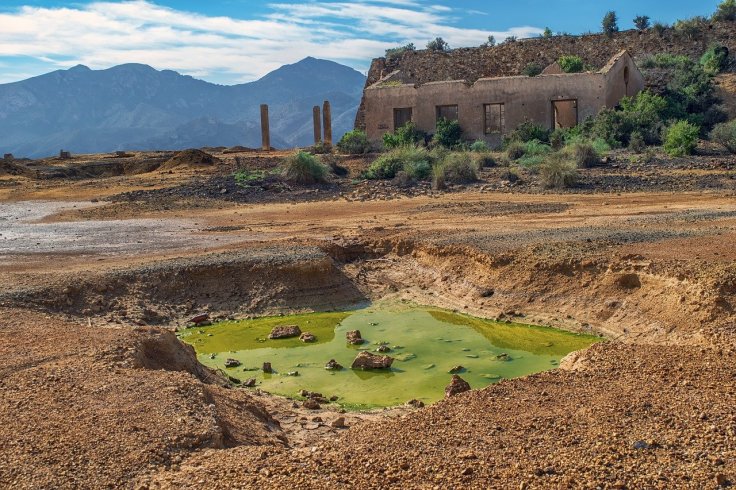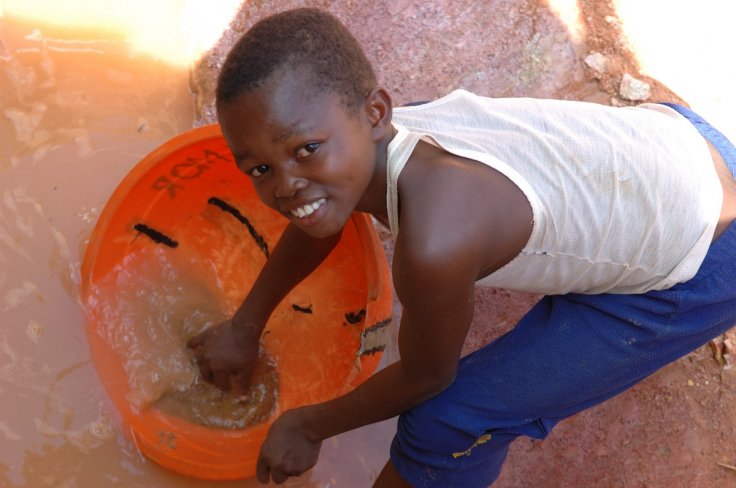There is no denying that climate change is real. Ignoring it would have huge consequences in the coming years. Hence, international agencies and governments have begun addressing the problem with numerous initiatives. As for the general public, they are doing their part too by reducing dependence on fossil fuel and switching to greener solutions, albeit slowly. By 2050, most countries have pledged to completely replace fossil-fuel-powered vehicles with electric cars and focus more on alternative energy.
So far, there seems to be no issue as the climate fanatics would rather suggest. With global effort and such initiatives, global warming can be reduced. But the grass is not always greener on the other side. What climate change activists and fanatics ask you to opt for has a great environmental consequence. As scientists look for alternatives to fossil fuel, they are turning to minerals including lithium and cobalt — both used in batteries that are used in electric cars and solar farms.
The two widely used minerals that the so-called green initiative industry is depending on have two consequences — the environmental impact of mining and the use of child labor. "The move towards net zero carbon emissions is going to create new stresses on our planet, at least in the short term. We are going to have to learn how to consider profit and loss with regard to ecosystems just as we do now when we are considering economic issues," Professor Richard Herrington from the Natural History Museum, London told the Guardian.

Environmental Impact of Cobalt Mining
Cobalt — found mostly (60%) in the Democratic Republic of Congo — is used in most lithium-ion batteries to boost its energy density and increase lifecycle besides other electronics components. With a focus on green energy and batteries, cobalt is one of the most useful minerals. But mining it comes with a huge cost. For starters, mining waste from cobalt pollutes rivers and nearby drinking water sources that settlers and animals depend on. Cobalt poisoning can cause heart disease and nerve problems among many others.
Then there is cobalt dust that can cause a variety of health issues including breathing problems, dyspnea, dermatitis, nodular fibrosis and permanent disability. In some cases, it can lead to miscarriages and birth deformities.
Lithium Mining
Similarly, lithium mining also has huge consequences. Apart from its medicinal usages, lithium is mostly used in batteries, air purifiers and glass industries amongst various others. As lithium extraction is set to increase by many folds in the coming years, environmental hazards cannot be overlooked. In South America — Chile, Argentina and Bolivia — mining of lithium led to a reduction in groundwater level. To mine lithium, miners need to pump out a huge amount of water.

For example, to mine a ton of lithium, it can use up to 500,000 gallons of water, leading to water scarcity in the area and drought. Apart from that, mining lithium carbonate causes water and air pollution besides chemical leakages. Then there is the destruction of forests and vegetation due to mining that climate activists are so vocal about. As for health hazards, it can cause seizures, muscle weakness, kidney failure hyperthermia, delirium and even death.
Social Consequences
Environmental impacts aside, mining the two minerals have social consequences too. Cobalt is mostly concentrated in Congo, one of the poorest countries in the world, and the mining sector is not well organized. It means that villagers extract cobalt often in an unscientific way, digging up small tunnels without any protective equipment or gloves. All they get is less than $2 a day for that. Hence, often they are joined by their minor family members aged seven or less to help in extracting cobalt that you will one day use in your smartphone.
"Men, women and children are working without even the most basic protective equipment such as gloves and face masks. In one village we visited, people showed us how the water in the local stream that they drank was contaminated by the discharge of waste from a mineral processing plant," Mark Dummett from Amnesty International said.
In an investigation, the Human Right Watch found the mining workers living in deplorable conditions during the COVID-19 pandemic. At times, the workers were confined to the mining site seven days a week, 24 hours a day without adequate water and rations.

However, cobalt and lithium aren't only problems. Mining of copper, iron ore and rare earth minerals also involve similar environmental consequences. All three are essential in solar power plants and electric cars that are supposed to lead to a greener world.
The good news is that some companies like Tesla are already trying to find a different solution. Tesla announced on its Battery Day in September 2020 that it was aiming to eliminate cobalt. But it would still depend on lithium iron phosphate batteries. As for solar plants, scientists are working on making the photovoltaic cells more efficient. Currently, the photovoltaic cells can only tap somewhere between 10-25 percent of the Sun's energy. As an alternative, a Filipino student has recently developed a special window panel that can generate electricity up to 48 percent efficiency.
But for now, whatever message climate activists like Greta Thunberg wants to send by sailing across the Atlantic Ocean instead of taking a flight to New York from the UK, it comes with the very environmental impact that they want to highlight. They are also abusing nature in some way even though they want to set a different example.









